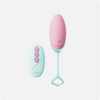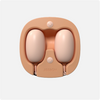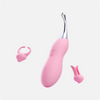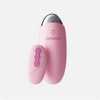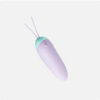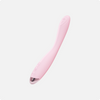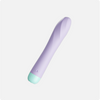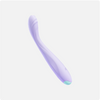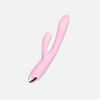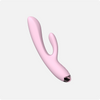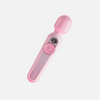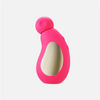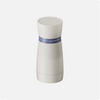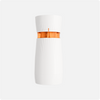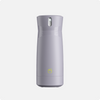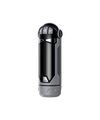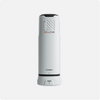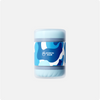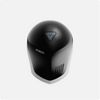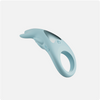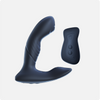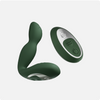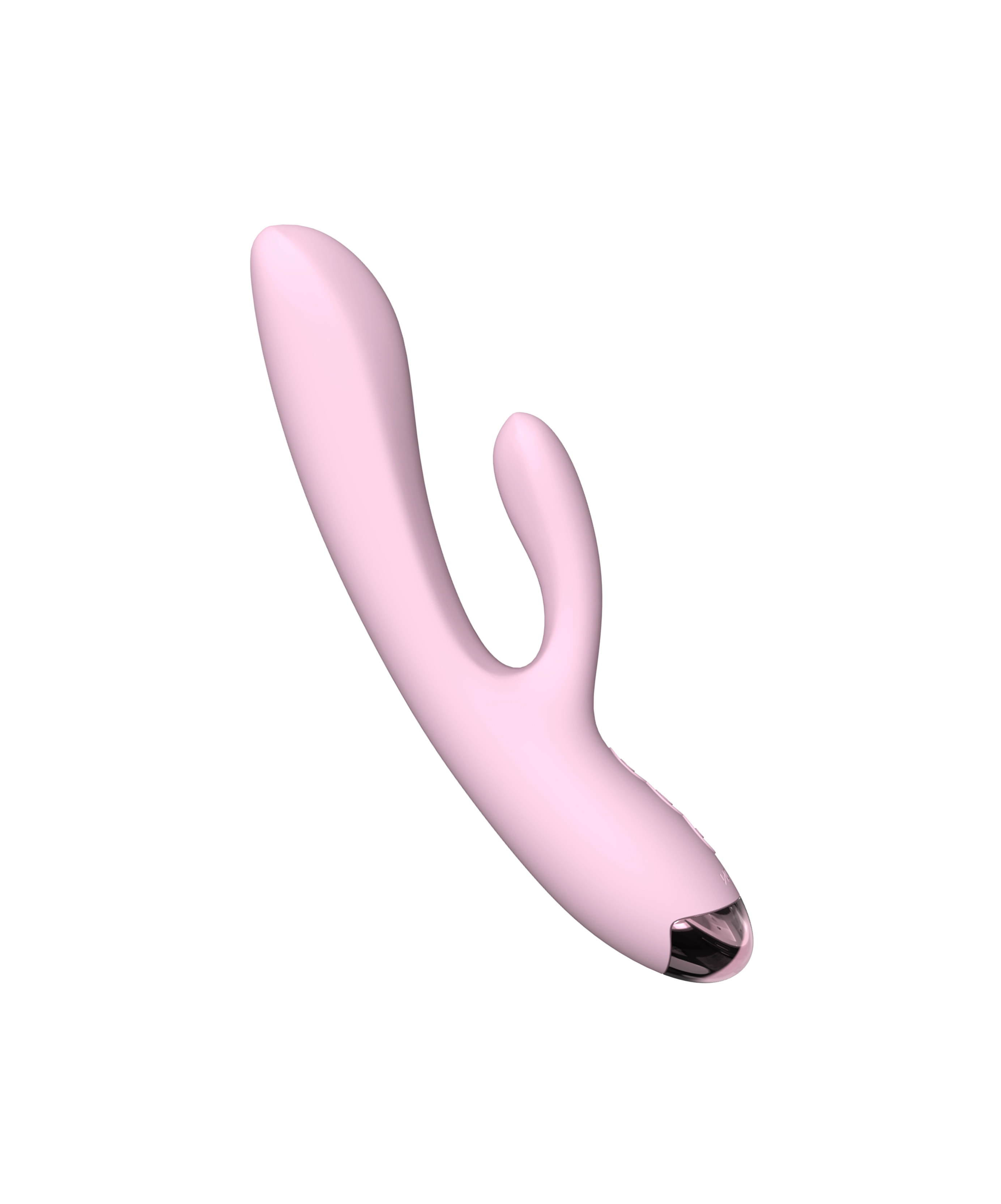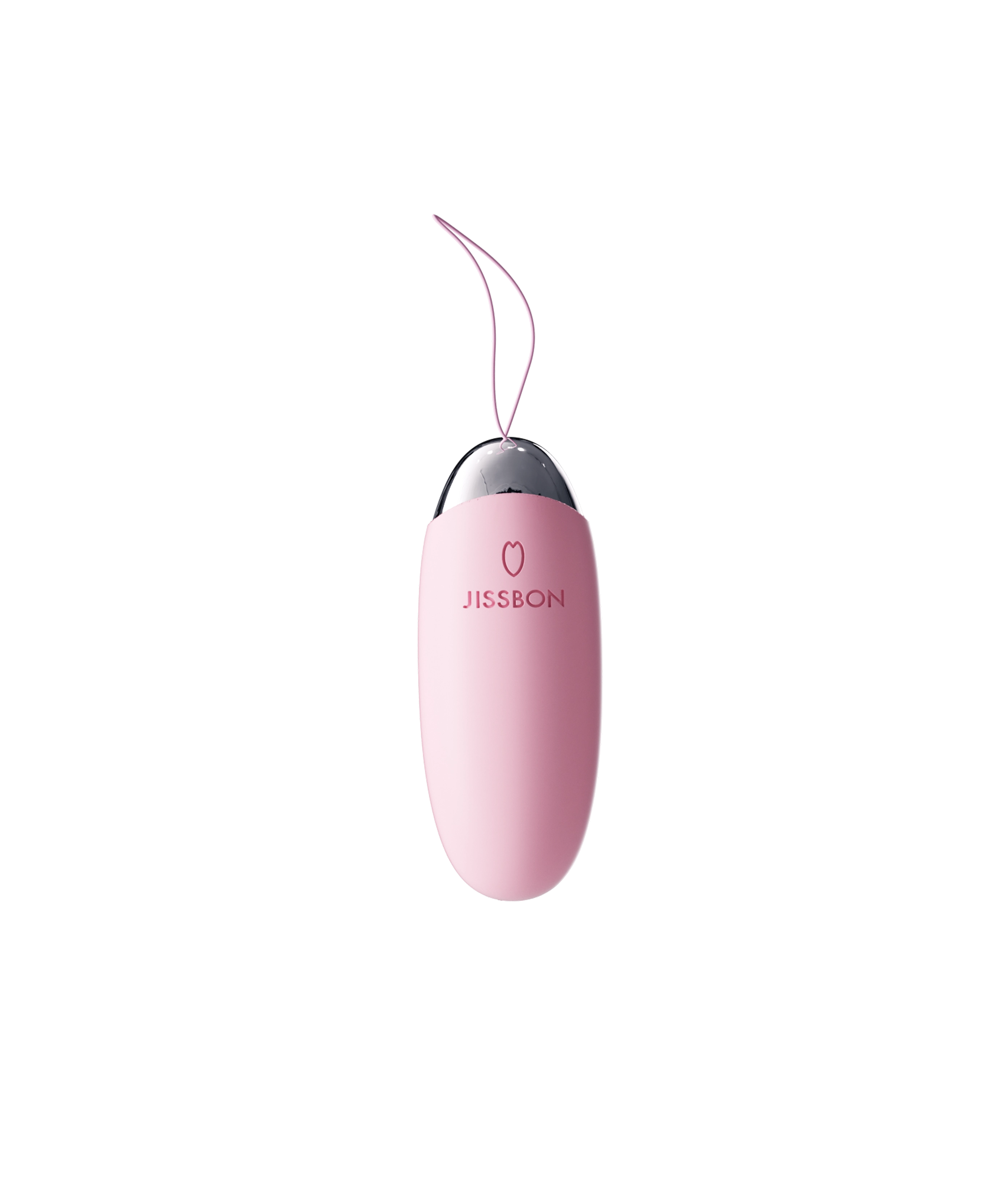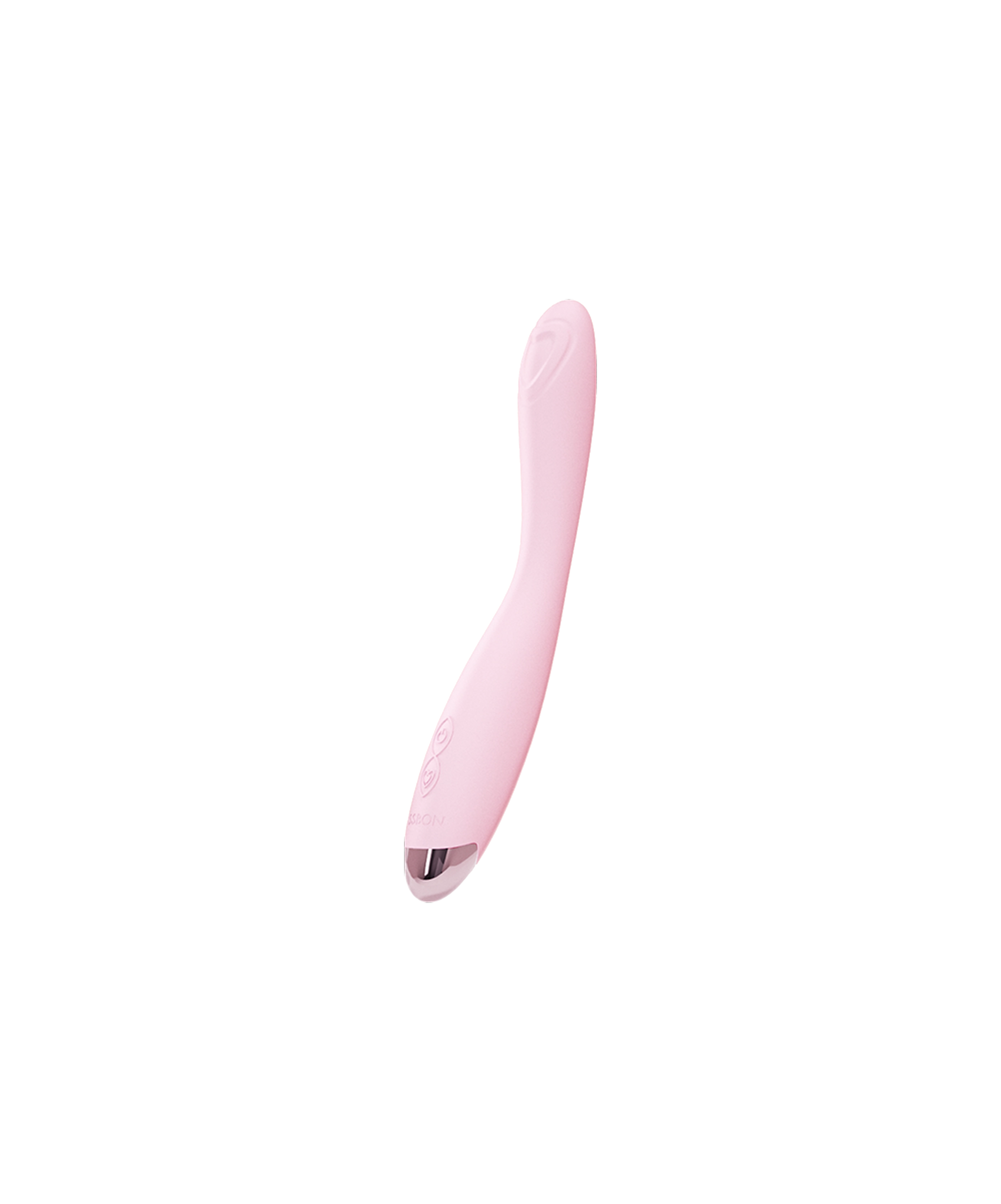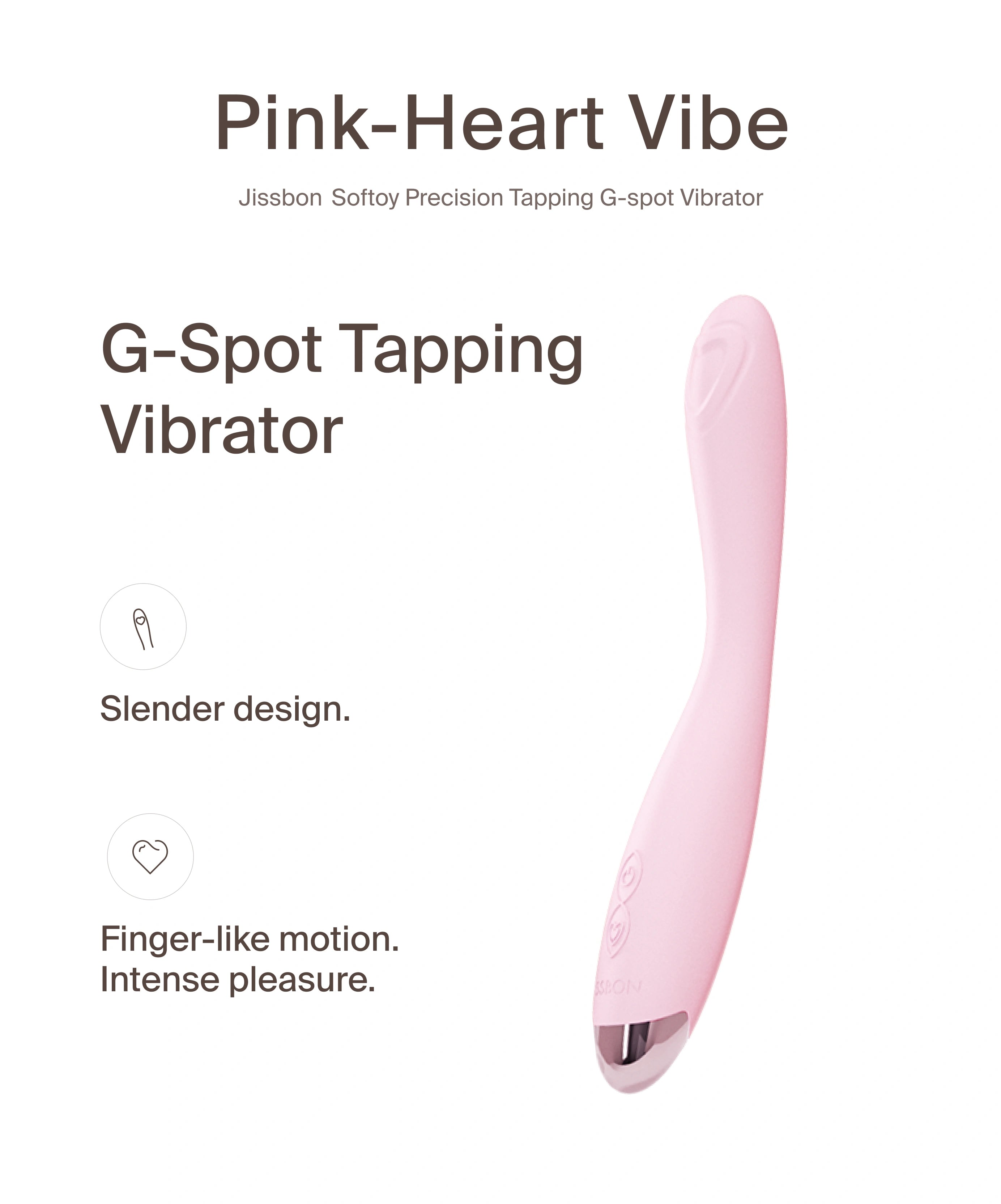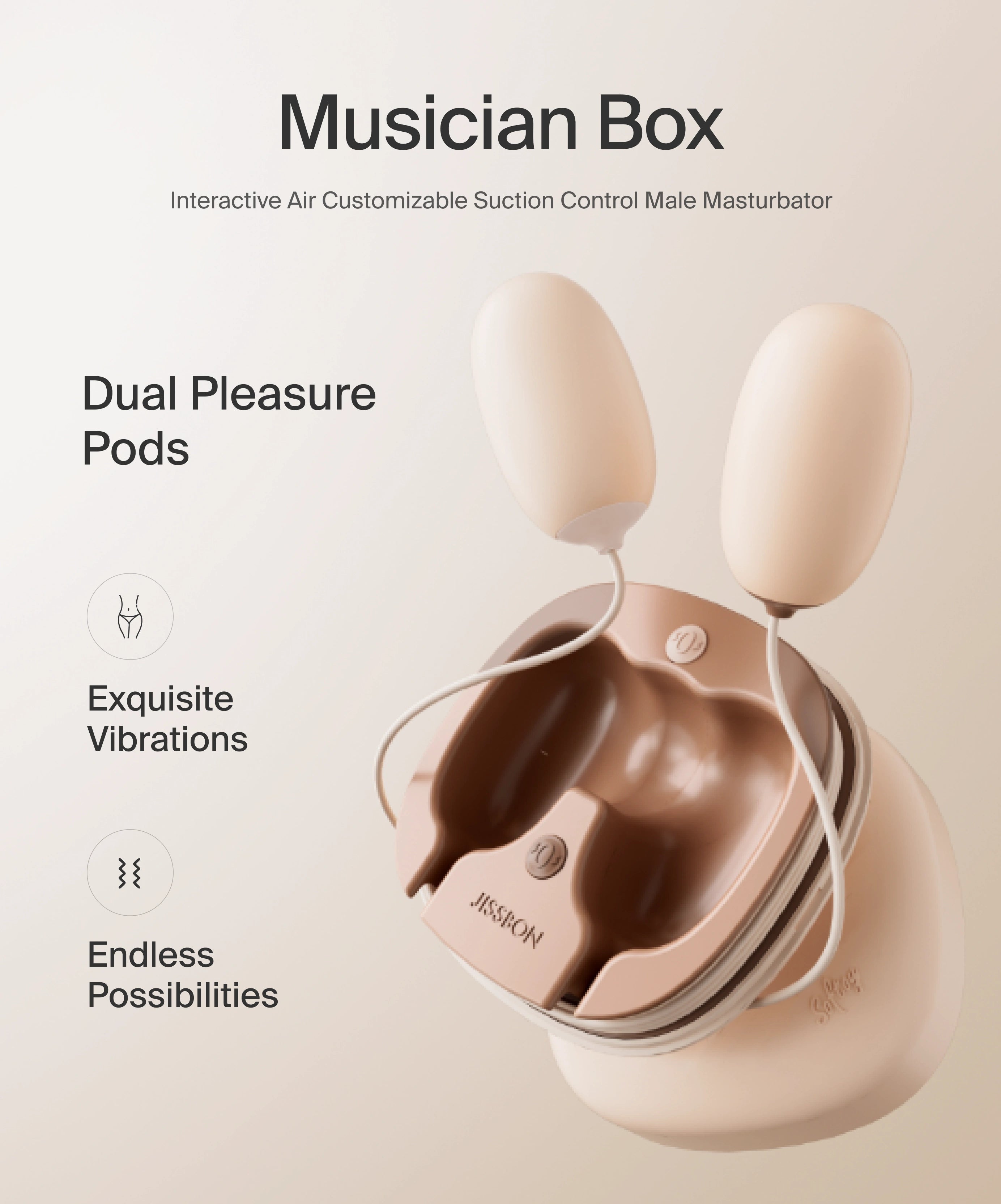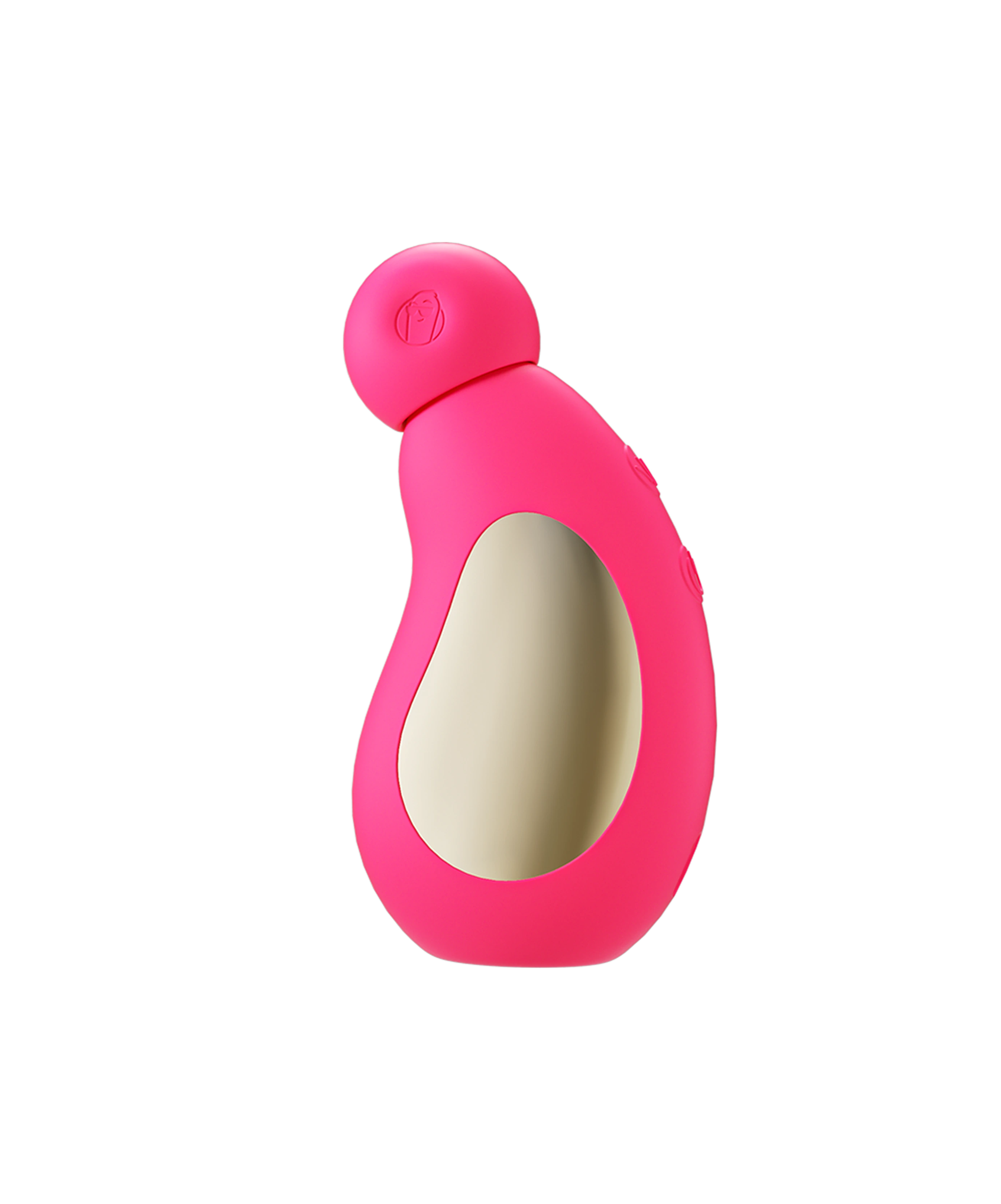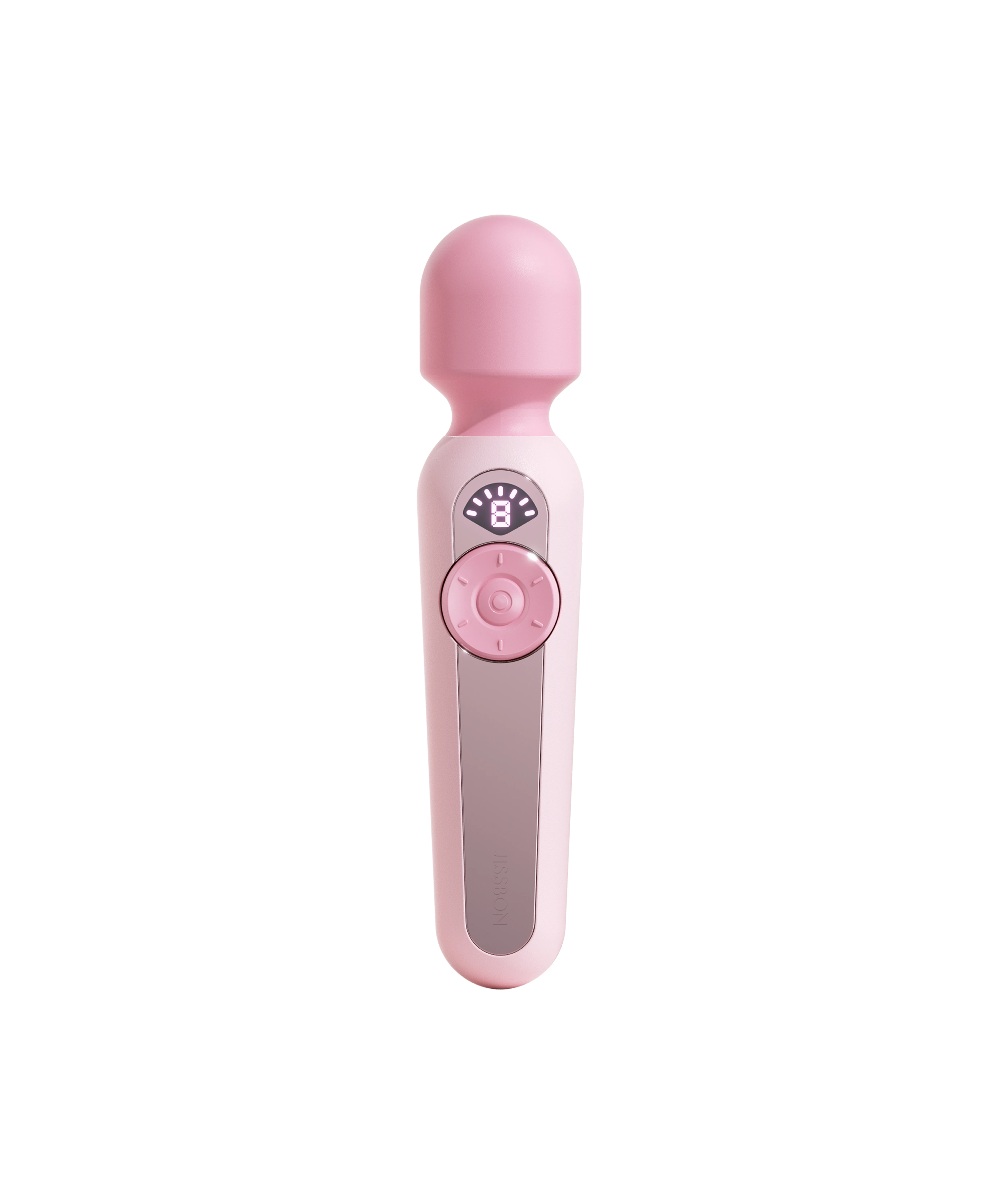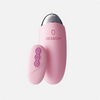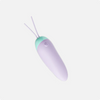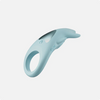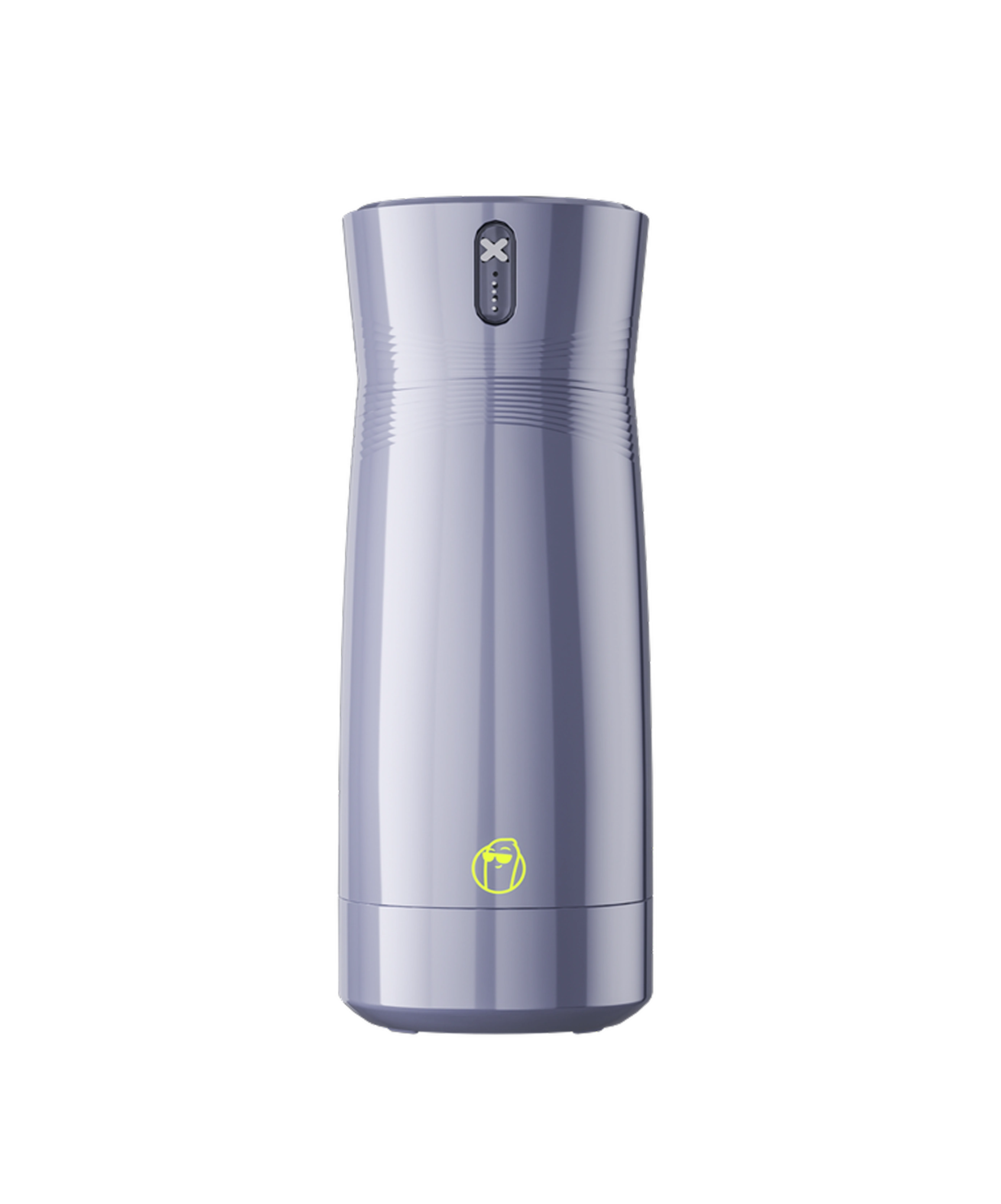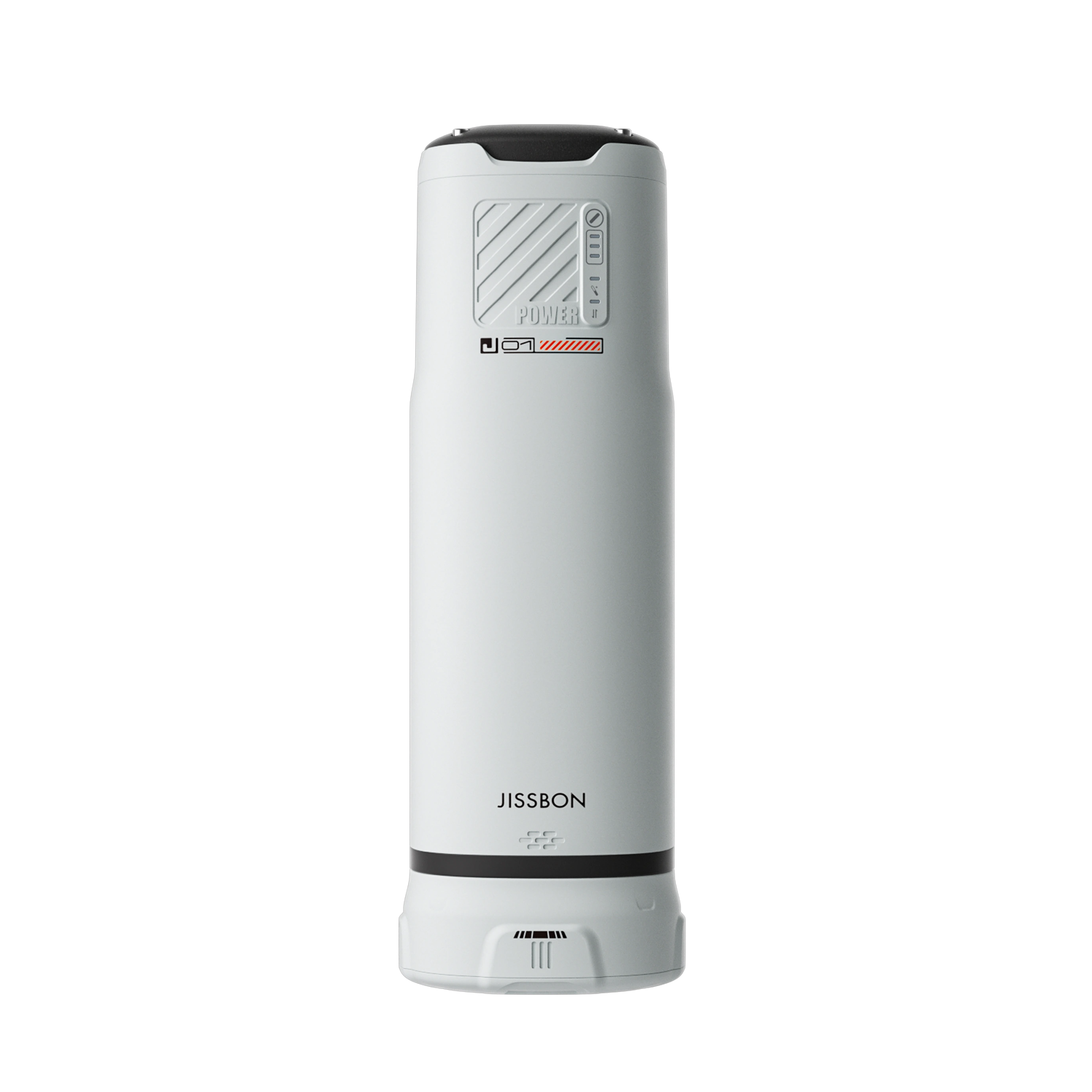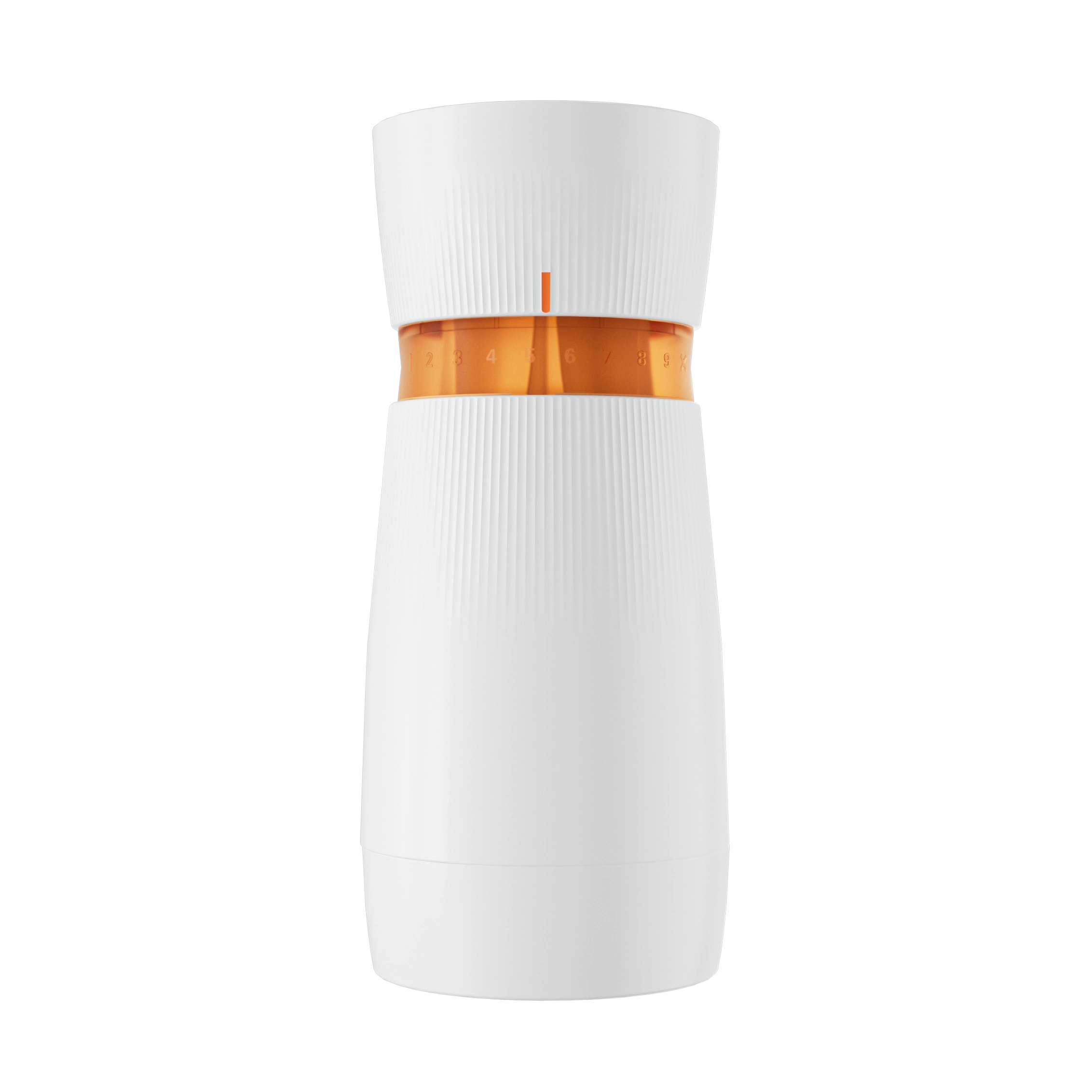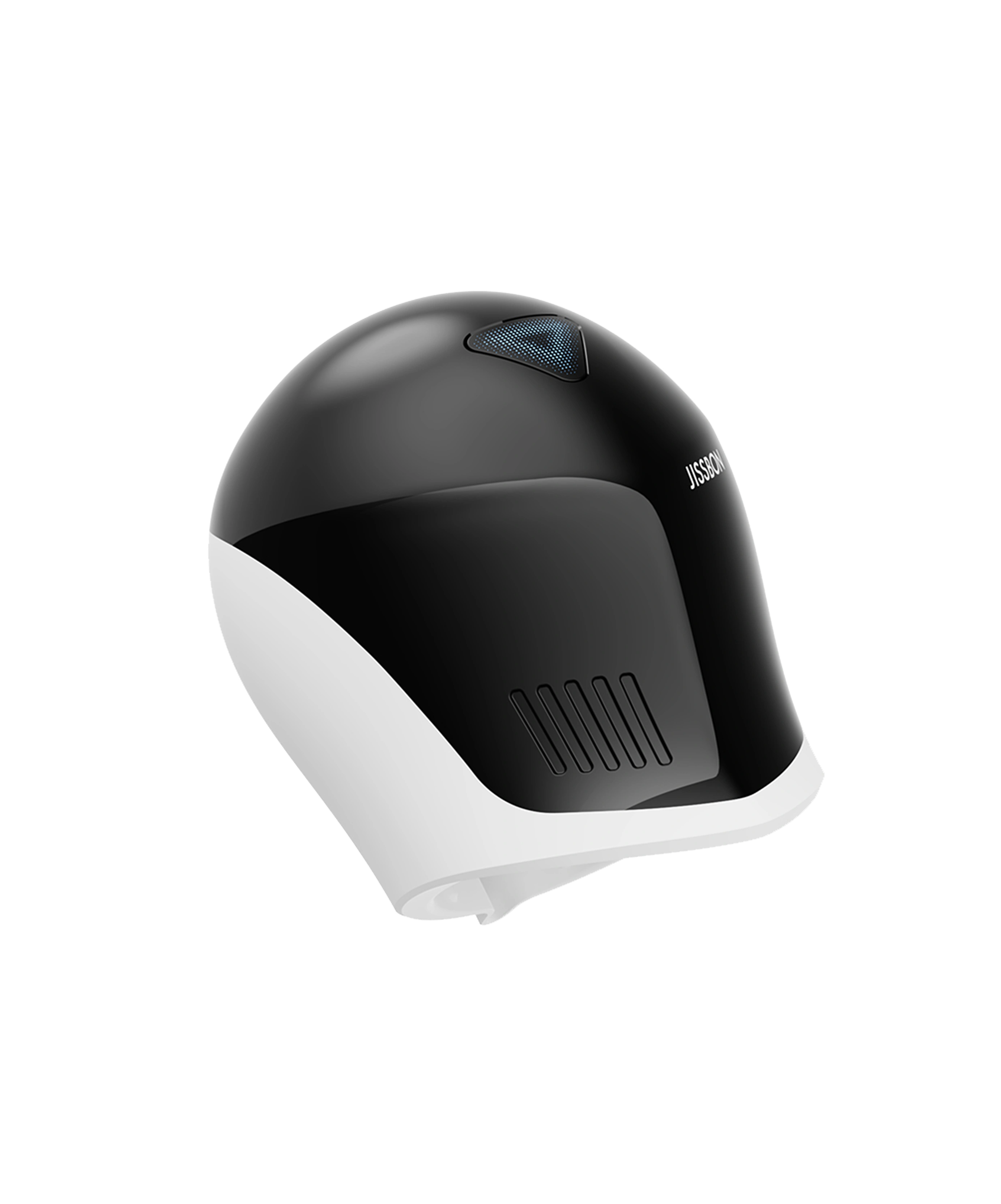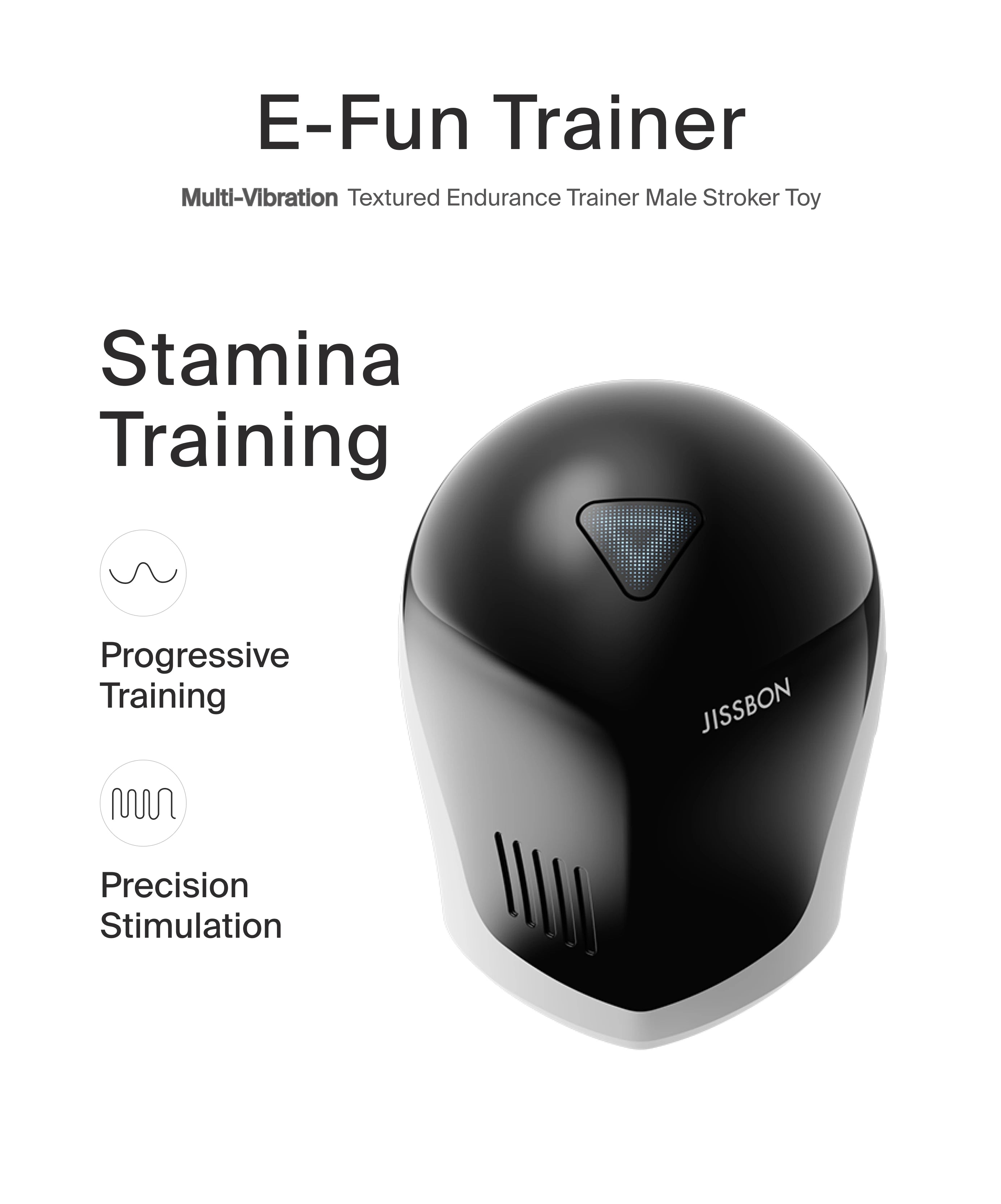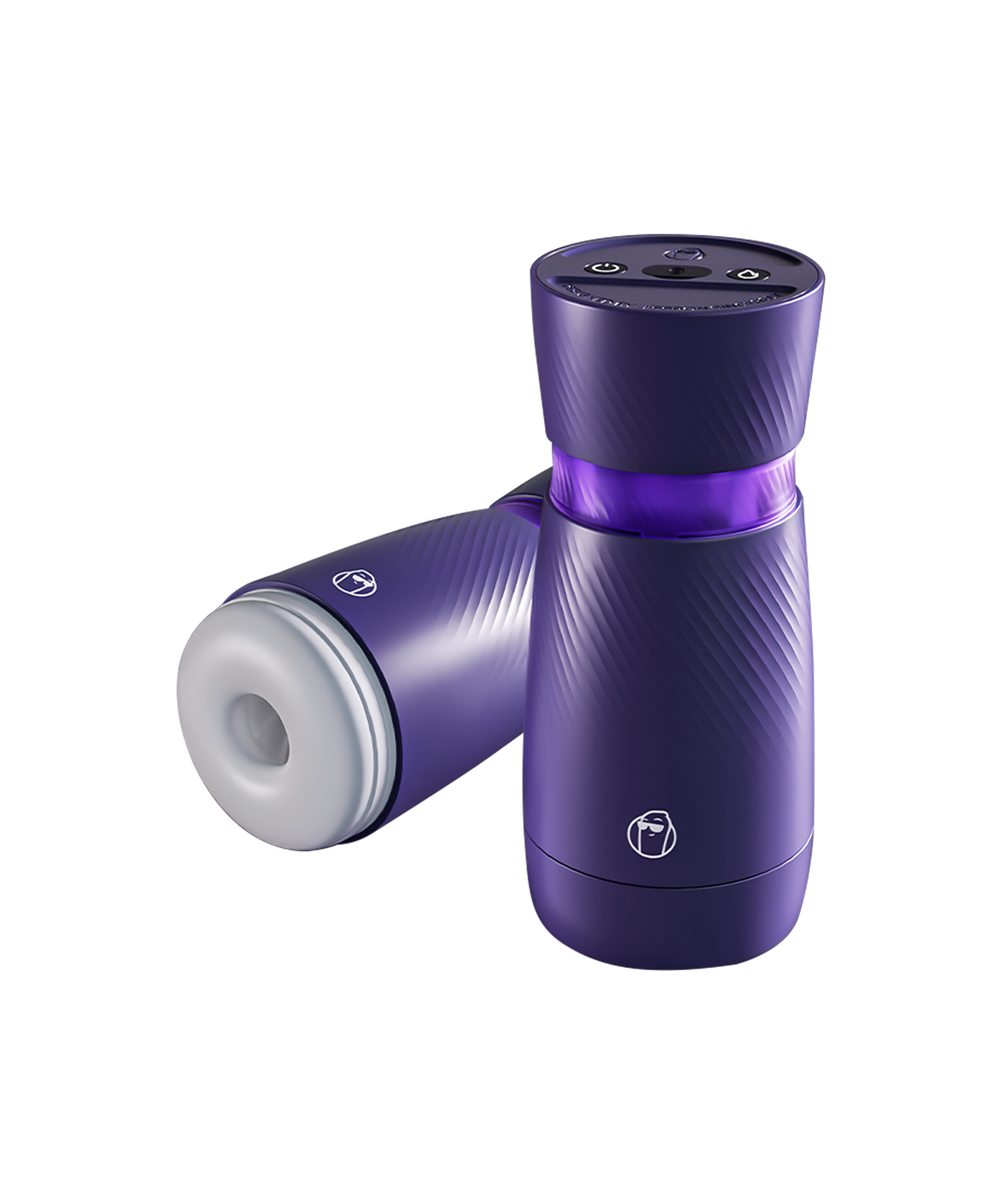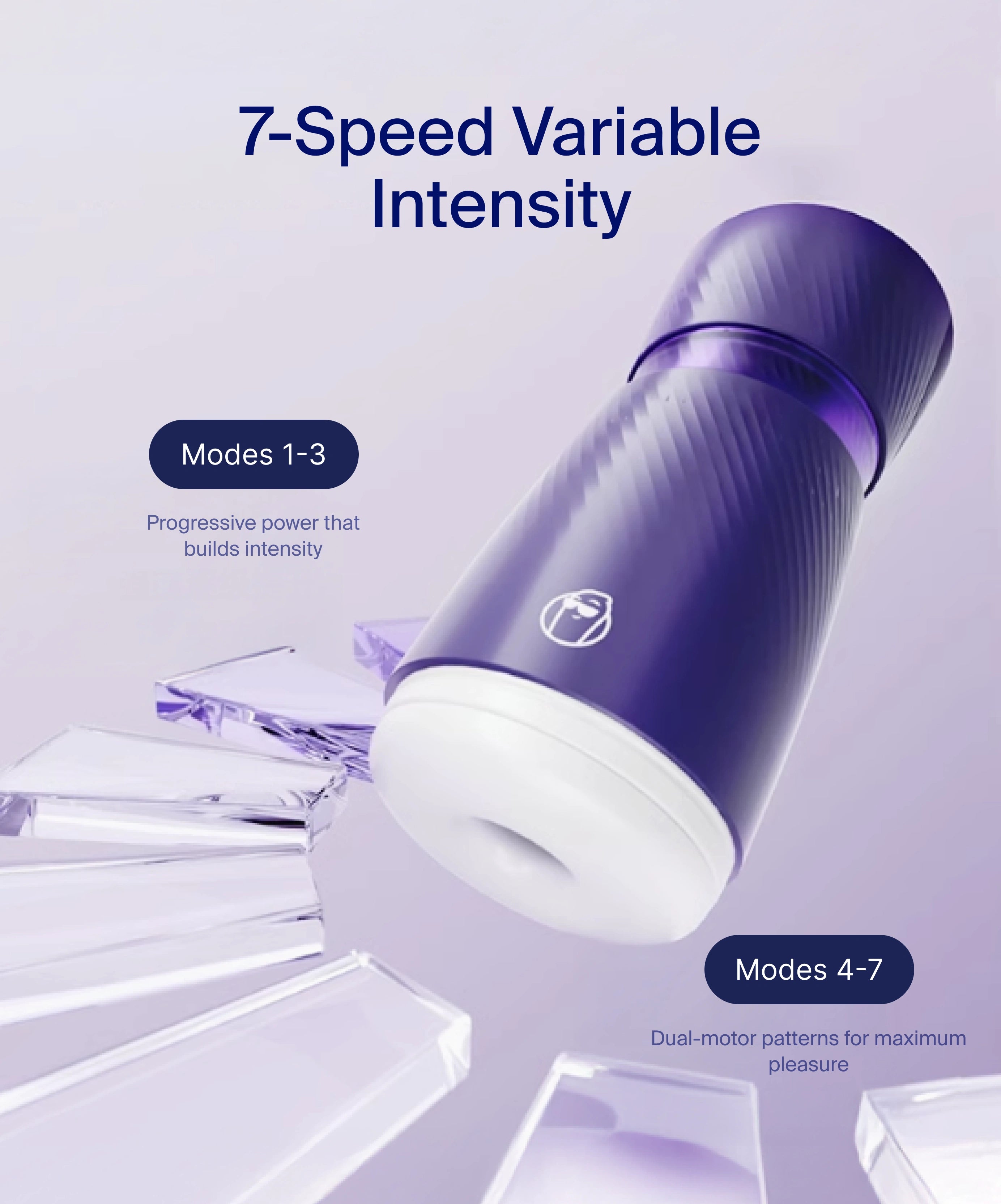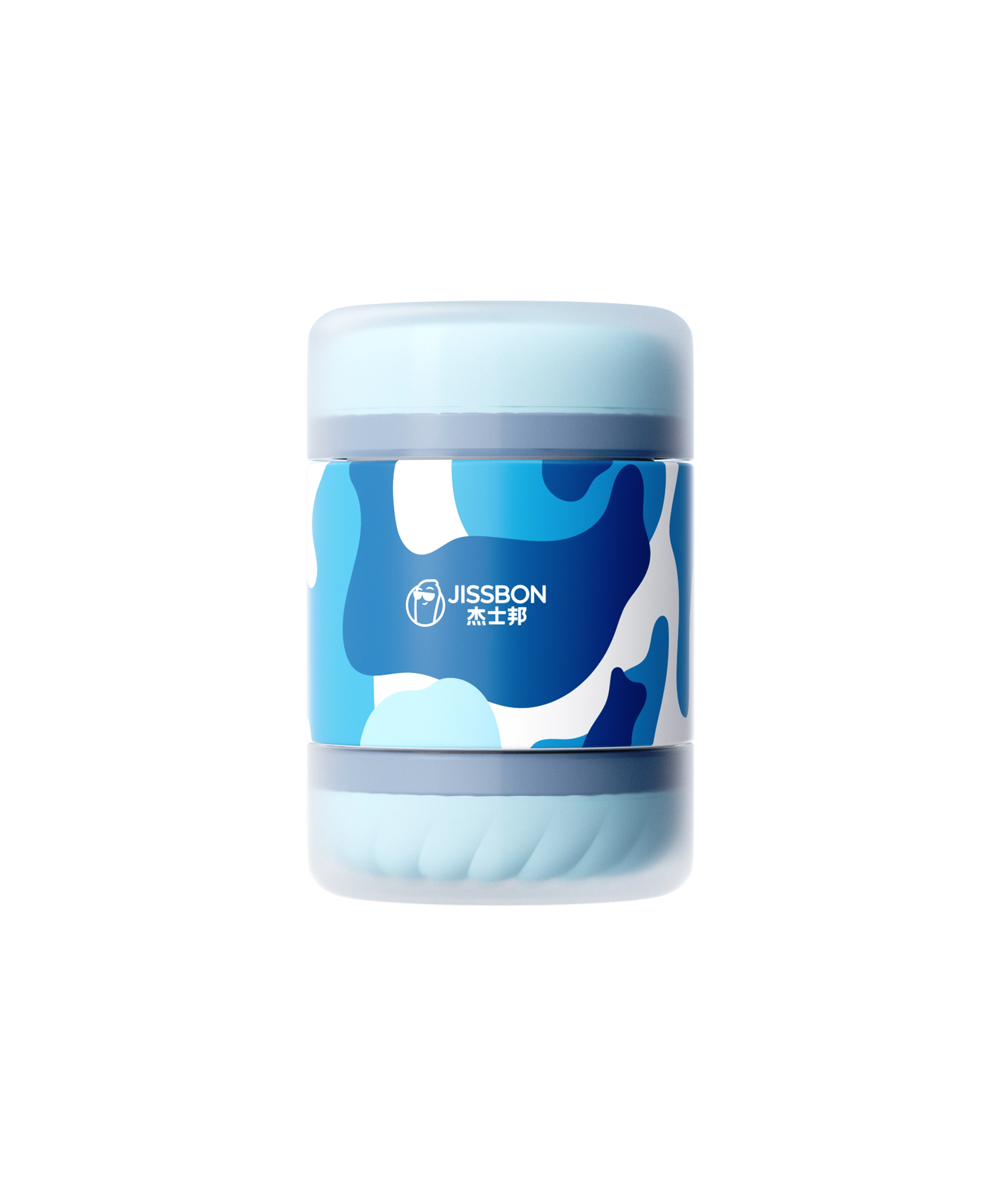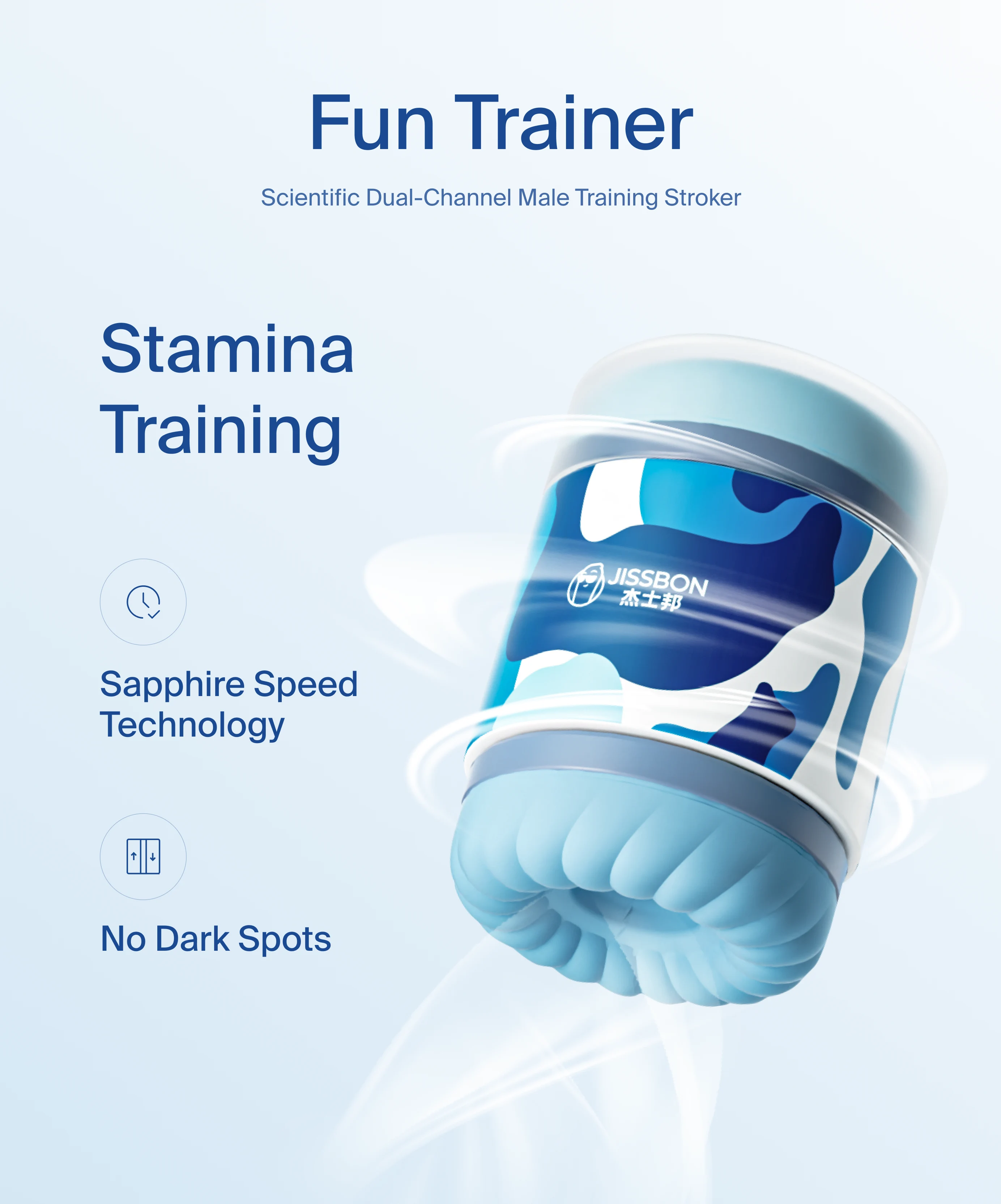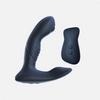In the mood but don’t own a dildo (yet)? You’re not alone. Lots of people search what to use if you don’t have a dildo—and wind up with risky “hacks” that can lead to irritation, infections, or a panicked trip to urgent care. This guide gives you safe alternatives, explains what not to use, and shows you when it’s smarter to buy a body‑safe toy instead.
First, ground rules (read these before anything)
Use body‑safe only—skip “makeshift” insertables: Medical sex‑ed sources advise not to turn random household items into sex toys. If you want internal play, use products made for bodies, from non‑porous materials such as medical‑grade silicone, stainless steel, borosilicate glass, or ABS. They’re easier to sanitize and less likely to harbor bacteria or break.
Lube smart: Water‑based or silicone lube usually works well, but don’t use oil‑based products with latex condoms—oils weaken latex and increase breakage. If you’re using condoms as a barrier (smart when sharing or switching orifices), stick to water‑based or silicone‑based lube per medical guidance.
Anal rule = flared base only: The rectum can pull objects upward during orgasm; retrieval may require anesthesia. For anal play, only use toys with a flared base; never improvise with household items.
Clean and avoid cross‑contamination: Wash toys per material (mild unscented soap + warm water is a solid default). Don’t go anal → vaginal without cleaning or changing the barrier; that can move GI bacteria where it doesn’t belong.
If something gets stuck: Don’t use tools or force. Try a gentle squat and bearing down; if it doesn’t come out easily, seek care—clinicians see this often and can remove objects safely.
Safe ways to get off when you don’t have a dildo (no risky hacks required)
These options focus on pleasure without inserting random objects. They’re great tonight—and they won’t complicate tomorrow.
Your hands (still undefeated)
- Trim/file nails smooth, wash hands, add water‑based lube, and go slow.
- Try one finger to explore depth and angle, or stay external with broad clitoral strokes and circular pressure.
- If sharing, use a condom or finger cot and switch it out if moving between holes. (It’s a smart way to reduce STI or bacterial transfer from shared toys/fingers.)
Pressure and grind
-
A pillow, folded blanket, or wedge can be fantastic for clitoral grind‑stimulation. Add lube to reduce friction on skin.
-
This is a favorite for folks who prefer external stimulation—no gadgets, no risk.
Shower power (external only)
-
The handheld showerhead (gentle stream, never scalding) aimed at the clitoris can feel incredible. Keep it external only, and skip scented gels that can irritate. (Unscented soap or just water is best for the vulva.)
Massage tools—on the outside
-
A small back/neck massager or personal massager can act like a wand on the mons/pubis and inner thighs for arousal. Keep it over underwear or externally on skin with lube, and do not insert or press directly on the urethra or clitoral glans at high speed.
Partner’s hands and tongue
-
Guide pace and pressure. If you want a “fuller” sensation without a toy, try two fingers with plenty of lube and a slower rhythm—often more satisfying than speed. (Remind partners: no anal → vaginal without cleaning or a fresh condom.)
What not to use as a dildo (and why)
You’ll see lists of “things to use as a dildo” across the internet. Some are playful; many are unsafe. Here’s why to avoid common “homemade sex toy” ideas:
- Fruits & vegetables (cucumbers, bananas, etc.): can break, have pesticide residue, and sugary residues may irritate tissue. Health writers and OB/GYNs consistently advise against putting food inside the vagina because of infection risk and pH disruption.
- Glassware, bottles, jars (not designed for bodies): risk of breakage and injury; negative pressure can make retrieval difficult. Choose borosilicate sex toys only, not household glass.
- Wooden or painted handles (hairbrushes, spatulas): splinters/finish flaking and porous surfaces trap bacteria—hard to sanitize safely.
- Electric toothbrush handles or thrill‑seeking gadgets: if used internally, the seams and hard plastics can scrape; cords or moving parts can injure. External‑only vibration is safer, but getting a purpose‑made vibrator is smarter.
- Anything for anal that lacks a flared base: this is how ER visits happen. Once the rectum “grabs” an object, it can travel upward; many removals require anesthesia. Don’t DIY anal toys.
“But I really want penetration tonight.” Your safest Plan B
If you truly want an insertable experience now, the safest path is to buy a body‑safe toy—even a budget‑friendly one—from a reputable shop online (search “sex toys near me” if you want curbside pickup) or from a trusted retailer. For targeted internal stimulation plus vibration, try a curved G‑spot vibe. Explore our G‑Spot Vibrators or a sleek starter like the Vibe G‑Spot Vibrator—both designed for safe insertion and easy cleaning.
If you’re set on a short‑term fix and absolutely won’t wait:
- Keep play external, use plenty of water‑based lube, and avoid pressure on the urethra or clitoral glans at max intensity.
- Don’t share orifices (anal ↔ vaginal) without cleaning/changing barriers.
Lube & barrier basics (tiny details that prevent big problems)
- Latex condoms + oil = bad combo. Oil‑based products (petroleum jelly, body oils) weaken latex. For condom‑covered toys or fingers, stick to water‑based (or silicone‑based) lube.
- Switching between partners or between holes? Use a new condom or wash thoroughly to reduce STI and BV risks. Sex‑ed resources and clinics emphasize this.
Cleaning: quick, safe, effective
- Before and after: wash insertable toys with warm water + mild, unscented soap; dry thoroughly. Avoid perfumed washes that can irritate vulvar tissue.
- Deeper cleaning (for non‑motorized toys, per maker instructions): some materials allow boiling; if not, soapy water is fine. (If you used a non‑toy object externally, wash it—but better yet, upgrade to a purpose‑built toy.)
A word on anal play without a plug
If you’re curious about anal and don’t have a plug, don’t improvise. Use only toys marked safe for anal with a flared base, lots of lube, and patience. Anal objects without a flange are a classic cause of ER visits; many need removal under anesthesia. Start small, and never force insertion.
If something goes wrong
- Stuck object? Try a warm shower and a gentle squat/“bearing down.” If it won’t budge or hurts, seek care—medical teams remove these all the time. The faster you go, the lower the risk of complications.
- Symptoms after play (foul odor, fever, bleeding, discharge, severe pain): get checked—these can be signs of a retained object or infection.
Safe, budget‑friendly ways to get a real toy
- Look for body‑safe materials (medical‑grade silicone is a great starter).
- A small bullet vibe can deliver clitoral bliss for less than dinner out.
- When you’re ready for internal stimulation, a curved G‑spot vibrator gives pressure plus vibration—and is far safer than “things to use as a dildo” from your junk drawer. Explore G‑Spot Vibrators or consider the Vibe G‑Spot Vibrator as an elegant first insertable.
The takeaway
If you’re hunting what to use if you don’t have a dildo, the safest, most satisfying answers don’t involve improvised insertables. Use your hands, grind, showerhead, or external massage while you shop for a body‑safe toy. For internal pleasure, choose a purpose‑made product from reputable materials, use compatible lube, clean it right, and—if anal is on the menu—flared base, always. That way you get the fun without the frantic ER story.
Frequently Asked Questions
Is it safe to use household items as a dildo?
No. Health educators explicitly recommend not using household objects internally. Instead, choose body‑safe toys designed for insertion (silicone, stainless steel, borosilicate glass). They’re non‑porous and easier to sanitize.
Can I make a homemade dildo for anal?
Don’t. Anal items must have a flared base to prevent loss. Foreign bodies in the rectum frequently require ER removal and sometimes anesthesia. Buy an anal‑safe toy or skip anal until you can.
Do I really need lube if I’m using fingers or toys?
Yes. Lube reduces friction, lowers risk of micro‑tears and irritation, and makes everything feel better. If you’re using condoms, avoid oil‑based lubes with latex—they weaken it.
How do I clean a toy if I share it or switch holes?
Wash with warm water and unscented soap between partners and between anal ↔ vaginal use, or put on a new condom. This reduces STI transmission and bacterial vaginosis risk.
What should I do if something gets stuck?
Don’t panic or use tools. Try squatting, bearing down, and a slow finger sweep. If it doesn’t come out easily—or you have pain, bleeding, or fever—seek care. Clinicians remove retained objects routinely.
Read more
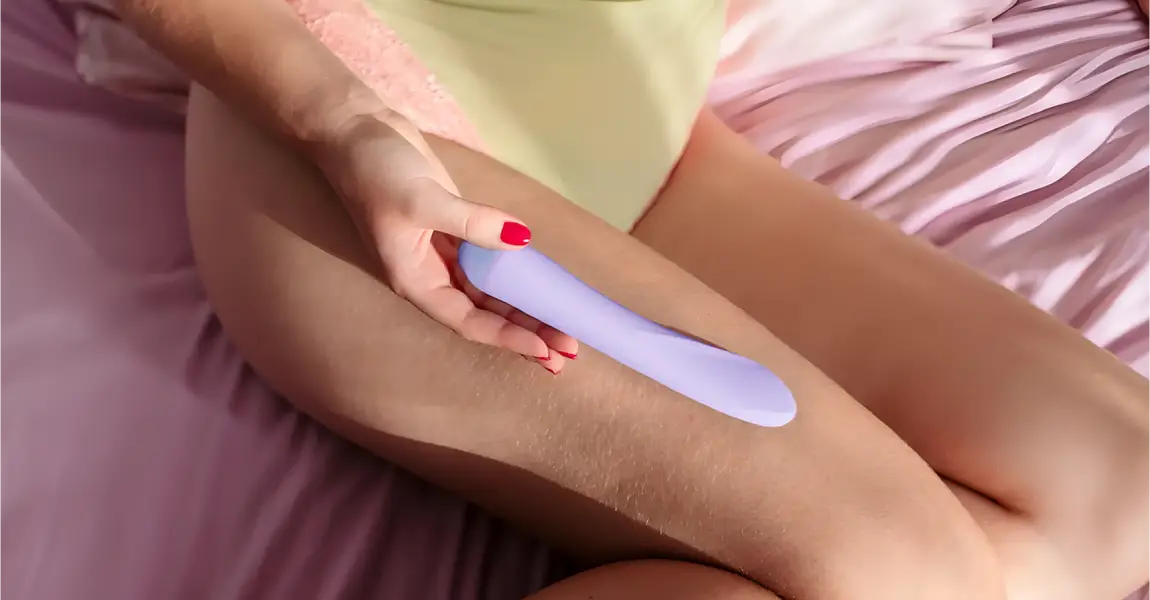
If you’ve ever wondered “can you desensitize your clitoris?”—especially after a strong vibrator session—you’re not alone. Many people worry about a desensitized clitoris, ask whether vibrators decr...

Orgasm triggers the release of several natural chemicals in the body that can reduce pain and improve mood. These include: Endorphins: The body’s natural painkillers, which can alleviate tension ...
